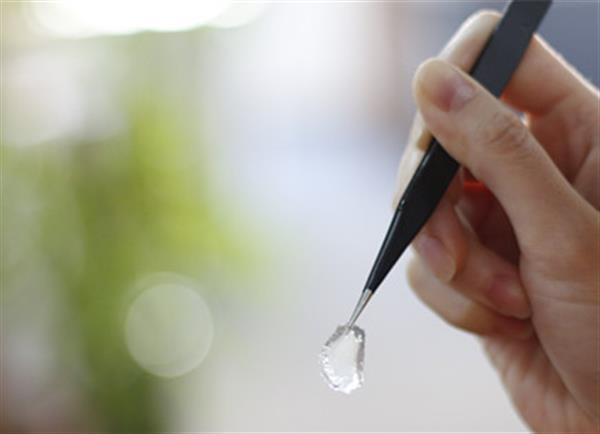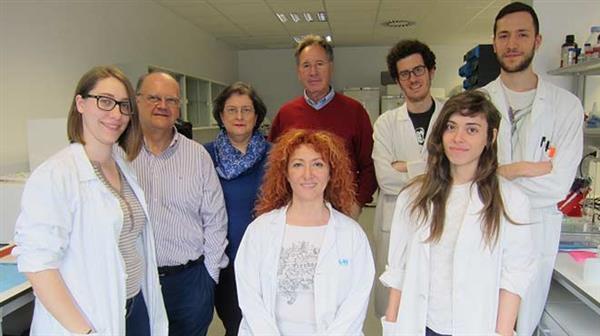In the past few years, we have seen bioengineers combine stem cell research with 3D printing technology , which is exciting. Now, medical researchers have the ability to make artificial skin and liver tissue. This trend will continue in the future.
Recently, a team in Spain announced that it intends to use bio 3D printing technology to make an alternative cornea. The LaPaz Hospital in Madrid hopes to be able to create these 3D printed corneas within five years, which will have a huge positive impact on the lives of countless patients.

More than 10 million people are blind each year due to various corneal lesions. Part of the reason is that no suitable cornea can be found. The cornea can now be made under laboratory conditions, meaning that patients no longer have to wait for the right donor to appear. The research team's goal was to develop a simulated human corneal stroma technology that would completely replace the human donor's biokeratology, allowing surgeons to get a new 3D printed cornea tailored to the patient within 5 days. .
The project is funded by the Spanish Innovation and Future Health Foundation (Fipse) under the framework of the International Idea 2 Global Plan launched by the Massachusetts Institute of Technology (MIT). If successful, there will be hundreds of thousands of people who can restore sight through this project.

This team is currently exploring a variety of different options. They synthesize a polymeric extracellular matrix that mimics the human cornea, and then print the stem cells 3D into the matrix to create a biokerat. Currently, the 3D printing system has been completed and the team is working to obtain the right nanotechnology to build the collagen matrix needed to implement the technology to ensure the parallel collagen fibers needed for corneal transparency.

Stem cells that replace the cornea are taken from the patient's adipose tissue, which means they will be a biological match to existing tissue in the eye. This type of transplant is called an "autologous" transplant, which means that the eye can recognize the new 3D printed cornea, just like transplanting a DNA match from a donor. It is ensured that the transplanted cornea will not be rejected like an artificial organ transplant.
According to Dr. Maria Pazde Miguel, head of the research team, stem cells from each patient will be one of the key issues after other technologies have been improved. His research team is working with experts from the Massachusetts Institute of Technology and Harvard University to develop a “very interactive†project that will continue until the end of the year.
· Special Design : Grinding texture is clear and clear,smooth glaze design makes cleaning more convenient. At the same time,it also ensures the clean and sanitary of tableware.
· Stackable & Easy to Clean: These dishes are stackable and DON'T take up a lot of space in your cupboard. Easy to clean, Dishwash top secure. But not use in Microwave.
· Unbreakable & Durable: Melamine is a kind of environmentally friendly materials, does not contain BPA, It won't be shatter like glass and porcelain. It is also perfectly stackable.
Melamine Dish;Melamine Fast Food Dish;Melamine Serving Dish;Food Grade Melamine Dish
Nanjing Demei Melamine Wares Co.,Ltd , https://www.dm-melaminewares.com